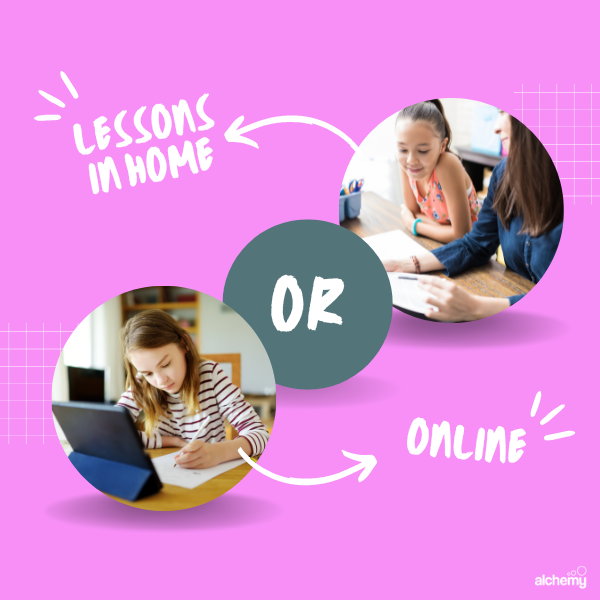Do you ever feel as if your child is failing to remember what they gained at school? As parents, we all want the best for our children, particularly when it comes to education. However, it might be difficult to determine the best way to assist children remember and recall knowledge efficiently. This is when “spaced repetition” comes into play. Alchemy Tuition believes in providing parents with effective tools to help their children’s learning journeys. Let’s look at how you could help your kids learn better with spaced repetition.
1. Defining spaced repetition
Imagine watering a plant. If you throw a bucket of water on it once and then don’t water it again, it will probably wither. However, if you water it a bit each day, it will grow strong and healthy. Learning operates in a similar manner. Spaced repetition is a study approach that involves reviewing knowledge at increasingly frequent intervals throughout time. This strategy is founded on the idea that we learn more effectively when we spread out our study periods rather than cramming everything at once.
2. Start early and keep things simple
Introduce spaced repetition early in your child’s schooling. Sessions for young children should be brief yet entertaining. Use flashcards, instructional games, or even applications that allow for spaced repetition. The idea is to make learning enjoyable and not overwhelming. For example, if your kid is learning multiplication tables, review a couple each day rather than attempting to memorise them all at once.
3. Create a consistent schedule
Consistency is critical in spaced repetition. Make a study programme that matches your child’s everyday routine. This does not imply endless hours of studying, but rather short, focused periods. Consider reviewing essential ideas immediately after school and then revisiting them before bedtime. Gradually extend the time between sessions as your kid gets more comfortable with the content.
4. Use visual aids and mnemonics
Children frequently recall graphic information better than simple text. Use visuals, charts, and mnemonic devices to help students recall information and concepts. For example, if your child is learning about the solar system, use a poster with planet images and a mnemonic such as “my very educated mother just served us noodles” to help him recall the planets’ order.
5. Track progress and celebrate success
Keep a progress sheet to see what your child has learnt and how well they are retaining it. This not only allows you to discover areas that require further attention, but it also inspires your kid. Celebrate their accomplishments, no matter how modest, to keep them motivated. Positive reinforcement might take the form of a sticker on a chart or a special goodie.
Conclusion
Spaced repetition is similar to planting seeds of knowledge in your child’s head and nurturing them with regular watering. It has been shown to dramatically improve memory retention and learning efficiency. Start early, stick to a consistent schedule, use engaging aids, and measure progress to help your kid get the most out of this effective strategy. Remember that success requires not only hard effort but also smart work. Spaced repetition is a clever, effective technique to guarantee that your child not only learns, but also retains and uses their information confidently. Let us make studying a lifetime habit that stays!





